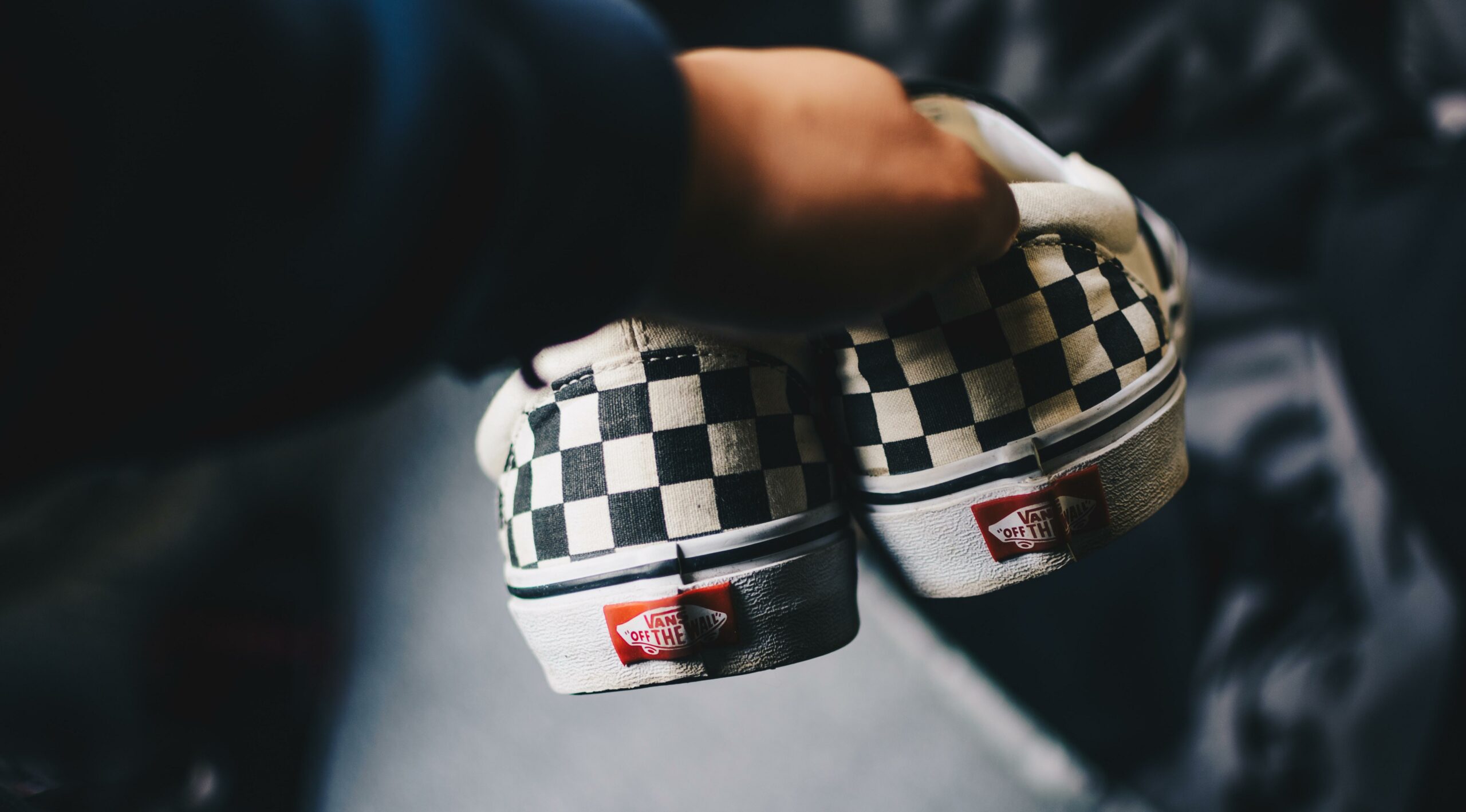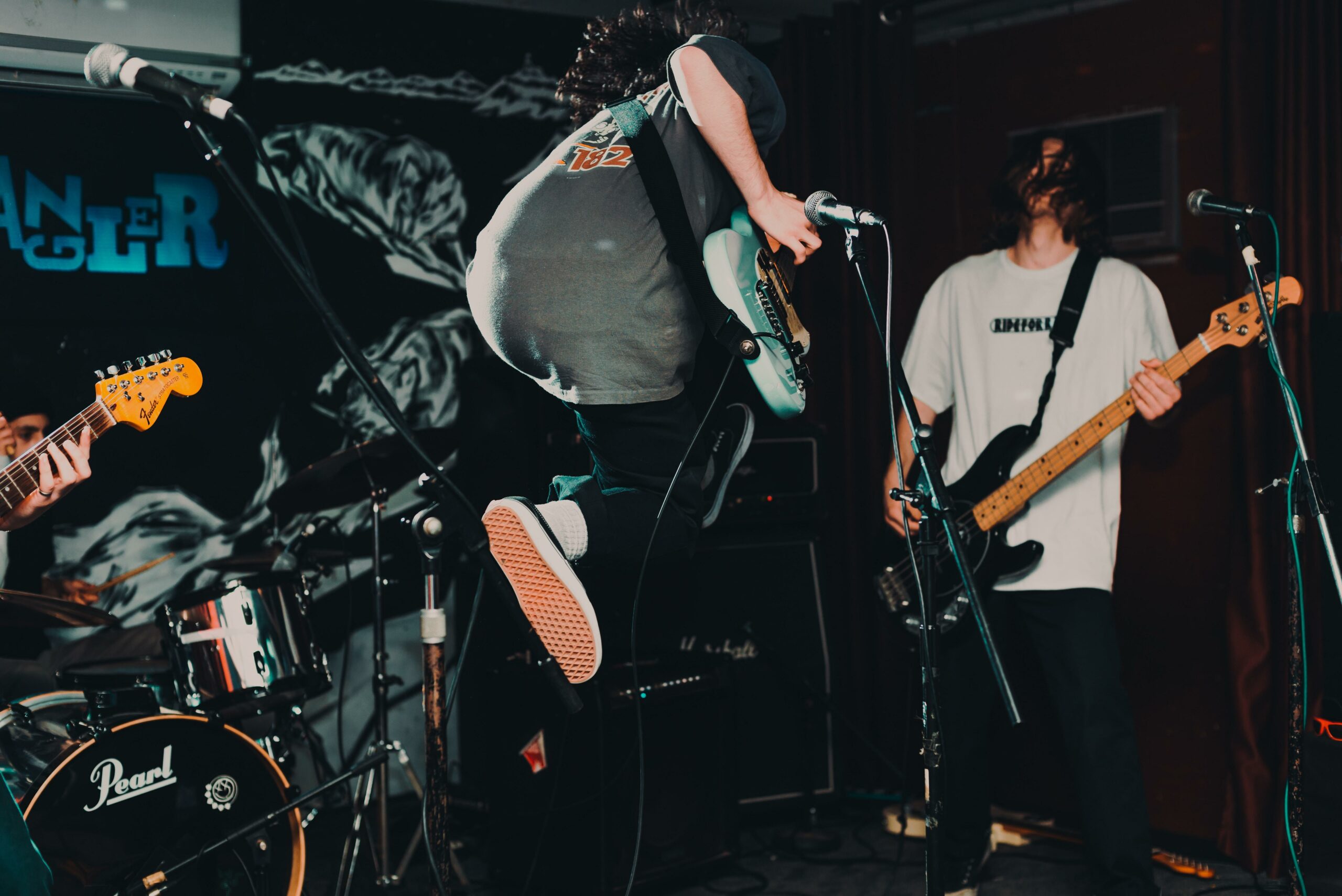In the realm of transportation, few vehicles have captured the imagination quite like vans. From their utilitarian origins to their modern-day cultural significance, the evolution of vans is a captivating journey through time. As an experienced historian and writer specializing in transportation history, I have delved deep into the annals of the past, unearthing the captivating narratives surrounding vans. In this article, we will embark on an exploration of the history of vans, shedding light on their cultural impact and development. So buckle up and get ready to travel back in time as we unravel the fascinating tapestry of van history.

History of Vans
Vans, a renowned footwear and apparel brand, has a rich history that spans over five decades. From its humble beginnings as The Van Doren Rubber Company to its current status as a global cultural icon, Vans has left an indelible mark on the world of fashion, skateboarding, and popular culture.
The Early Days: Innovation and Utility
In 1966, brothers Paul Van Doren and Jim Van Doren, along with their partners Gordon Lee and Serge Delia, founded Vans in Anaheim, California. Initially, the company focused on selling shoes directly to the public, manufacturing them on-site. The first Vans store opened its doors on March 16, 1966, with humble beginnings, welcoming only 12 customers who purchased the brand’s deck shoes.
Skateboarding: Pivotal in Vans’ Growth
As the 1960s and 1970s saw skateboarding gain popularity, Vans captured the attention of skateboarders with their durable construction and innovative waffle sole. This traction pattern, known as the “Vans waffle sole,” provided exceptional grip on skateboards and became synonymous with the brand. The Vans shoes quickly became a symbol of the skateboarding subculture.
Iconic Models: The #44 Deck Shoe and Slip-Ons
Vans expanded its offerings over the years, designing iconic models that have become emblematic of the brand. The #44 Deck Shoe, with its simple yet functional design, played a pivotal role in establishing Vans as a skateboarding staple. The Slip-Ons, introduced in the 1970s, revolutionized the industry with their slip-on design, making them convenient for skateboarders seeking easy shoe removal before riding.
Cultural Impact: Penetrating Pop Culture
The 2000s marked a period of significant growth for Vans, as the brand tripled its revenue from 2008 to 2016. Vans achieved this success by harnessing the power of collaborations with artists, musicians, and fashion brands. These partnerships propelled Vans into the realm of popular culture, reaching a diverse audience and solidifying its position as a cultural phenomenon.
Ethical Practices: Focus on Sustainability
Vans recognizes the importance of ethical practices and strives to make a positive impact on the planet, people, and animals. With a rating of “It’s a Start” on the Good On You rating system, Vans demonstrates its commitment to continuous improvement. By prioritizing sustainability and social responsibility, Vans aims to contribute to a better world while creating timeless and stylish products.
“From its early innovations to its lasting influence on popular culture, the history of Vans is a testament to the brand’s longevity and cultural impact.”
In conclusion, the evolution of Vans has been a remarkable journey, driven by innovation, cultural relevance, and a commitment to sustainability. From its origins as a small company selling deck shoes to avid skateboarders, Vans has emerged as a global leader in footwear and apparel. As the brand continues to thrive and expand its reach, its history will forever be intertwined with the fascinating stories of skateboarders, artists, and fashion enthusiasts who have embraced the Vans lifestyle.
Check out the table below for a quick overview of the key highlights in the history of Vans:
| Year | Milestone |
|---|---|
| 1966 | Vans founded in Anaheim, California |
| 1966 | First Vans store opens with 12 customers |
| 1960s-1970s | Vans becomes popular among skateboarders |
| 1970s | Introduction of iconic Slip-Ons |
| 2000s | Significant revenue growth for Vans |
| Ongoing | Commitment to ethical practices and sustainability |
Vans History: Welcome to the fascinating world of Vans history! Ever wondered how this iconic skateboarding brand made its mark? Delve into the captivating story of Vans, from its humble beginnings as a family-owned business in 1966 to its global dominance in the world of street fashion. Discover the innovative spirit that fueled Vans’ success, leading to the creation of their signature skateboarding shoes and the birth of the “Off The Wall” lifestyle. Embark on a journey through their rich heritage, exploring the brand’s pivotal moments and the influential figures who shaped it. If you’re curious to learn more about Vans’ remarkable evolution, click here to dive into the thrilling history of Vans: Vans History. Get ready to be inspired and ignite your passion for this iconic brand!
FAQ
Question 1:
What year was Vans founded and where?
Answer 1:
Vans was founded in 1966 in Anaheim, California by brothers Paul Van Doren and Jim Van Doren, along with partners Gordon Lee and Serge Delia.
Question 2:
What was the first product sold by Vans?
Answer 2:
The first product sold by Vans was deck shoes, and the brand’s first store opened on March 16, 1966, with 12 customers purchasing these shoes.
Question 3:
Why did Vans become popular among skateboarders in the 1960s and 1970s?
Answer 3:
Vans became popular among skateboarders in the 1960s and 1970s due to their durable construction and grippy waffle sole, which provided excellent traction for skateboarding.
Question 4:
What iconic models were designed by Vans?
Answer 4:
Vans designed iconic models such as the #44 Deck Shoe and the Slip-Ons, which became synonymous with the brand and its popularity.
Question 5:
What contributed to the significant growth of Vans in the 2000s?
Answer 5:
Vans experienced significant growth in the 2000s and tripled its revenue from 2008 to 2016. This growth was influenced by the company’s collaborations with artists, musicians, and fashion brands, which helped it penetrate pop culture and expand its customer base.
“`json
“`
- Unlock Water’s Symbolism: A Cross-Cultural Exploration - April 20, 2025
- Identify Black and White Snakes: Venomous or Harmless? - April 20, 2025
- Unlocking Potential: Origins High School’s NYC Story - April 20, 2025















